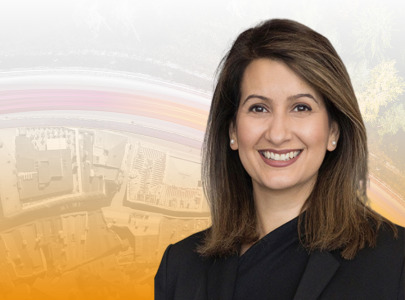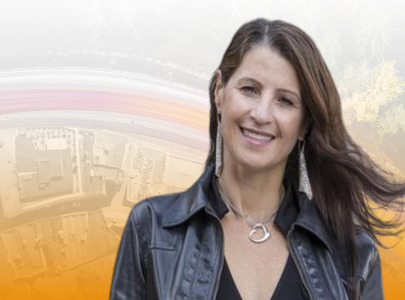School’s hybrid microgrid showcases ease of resource management
%20cover.png)
‘DEIF is the brains of the system,’ says the contractor. ‘With DEIF’s help we’ve been able to do strategic management of all these resources.’
School campus with own microgridBen Davis High School in Indianapolis, Indiana, USA, has about 4,500 students in several buildings over 1.2 million square-feet (110,000 m2). The school wanted to save on its electricity bill, so a solar and natural gas generator hybrid system was installed – the first renewable microgrid of its kind in Indiana.
The system consists of a 2 MW solar field, two 750 kW national gas generators, and a connection to the local utility. A peak shaving system controls the school’s power supply. As the demand reaches a certain set-point beyond the solar supply, the system will start the gas generators to take the load. This caps the power from the local utility, explains Brent Beissler, Engineering Manager at Girtz Industries.
The challenge“Our initial concern was how to manage all of these resources effectively and responsibly to produce the most benefits for the school,” says Arash Habibi-Soureh, Distributed Energy Resources Manager at Johnson Melloh Solutions (JMS), the general contractor.
JMS tasked Girtz with the gensets, switchgear and controls. “At Girtz Industries, our focus is on generator systems. We’re broadening our product scope into renewables,” says Brent Beissler. “At first, we were going to do the interconnection logic and communication ourselves. But as we got into it, we realized it was a big job.
“So we started to investigate systems that would do that logic for us,” he continues. “That’s where I came across the DEIF microgrid system. It allowed my team to focus on other things. Being able to take that communication portion off my plate was a big deal. It was a real benefit to us.”
“All these DEIFs communicate with one another instantaneously to do the peak shaving function,” he says.
The outcome
“They’re able to leverage money that would have gone to the power utility – instead of resources such as school programs and teachers.
“Our most precious resource is kids – students,” he adds. “Being involved in this project makes me feel good and socially responsible. We’re providing a solution that saves money, energy and the environment. It’s a rare triple win today.
DEIF supplied 1 AGC Mains, 2 x ASC-4 solar controllers and 2 x AGC-4 genset controllers for the Ben Davis High School solar and natural gas generator hybrid system. For more information on DEIF’s work in hybrid microgrids, please read more here.
Energy & Utilities - Middle East and Africa Market, Outlook Report 2023.
This must-have report for industry players offers a thorough understanding of the latest developments, challenges, and opportunities in the region, supported by data, analysis, and expert insights.








